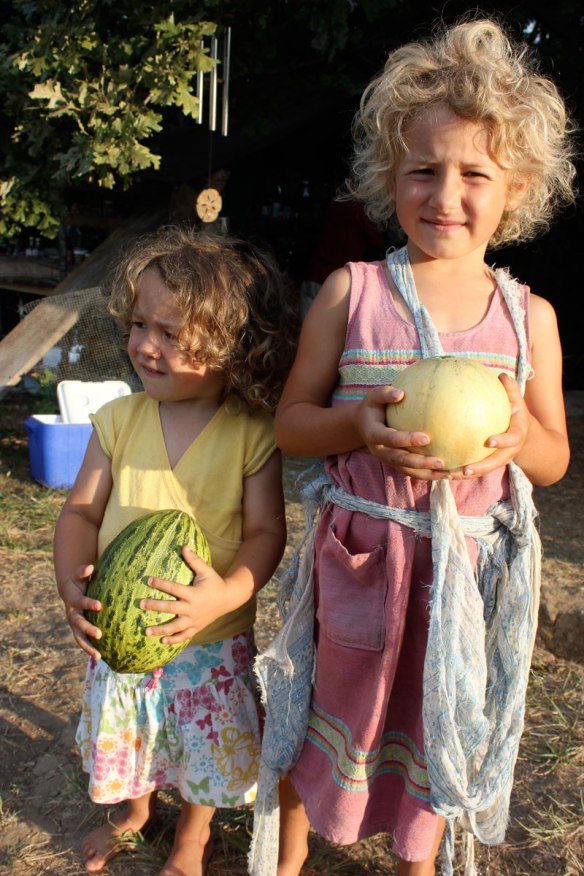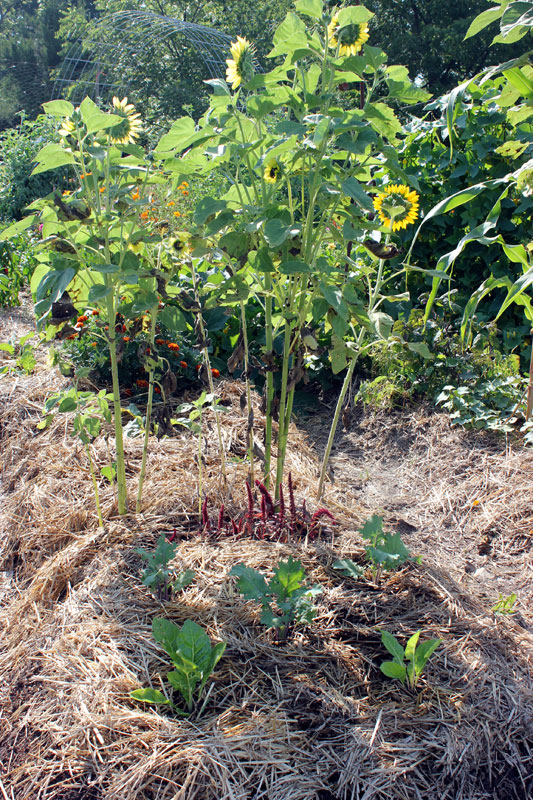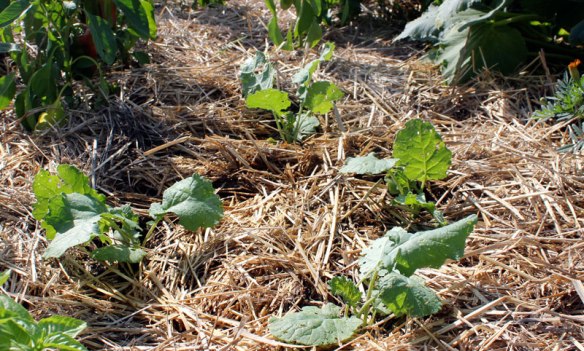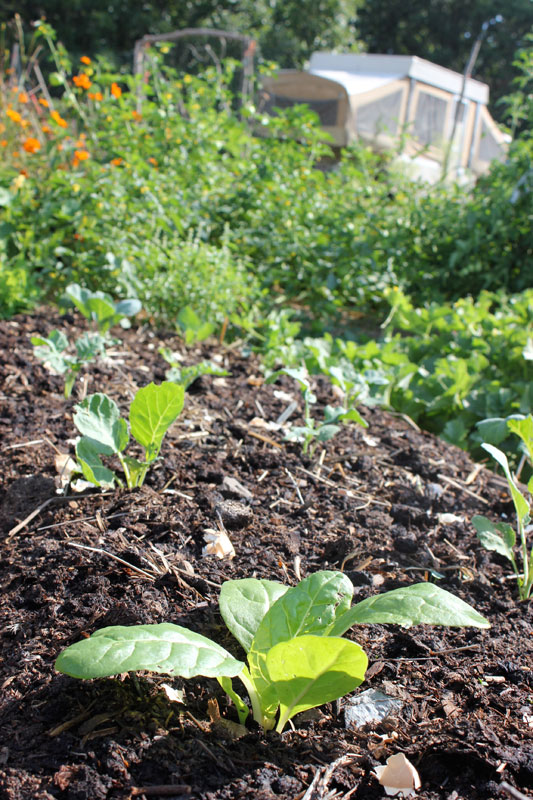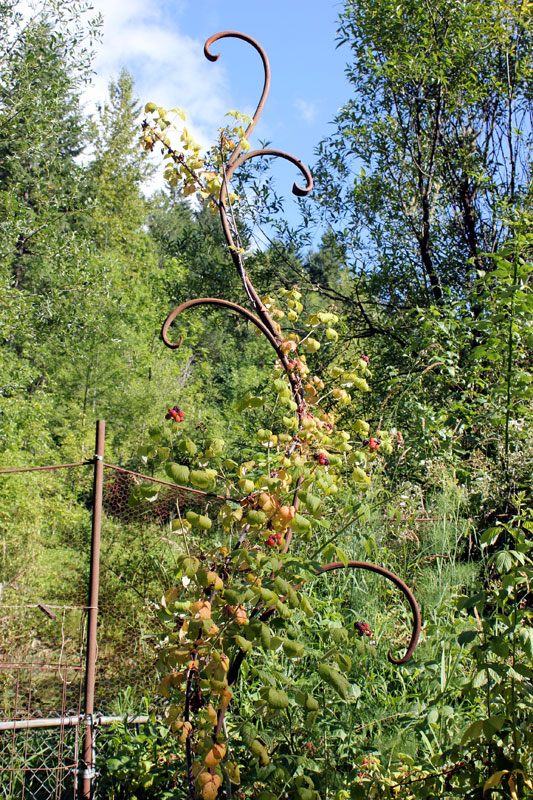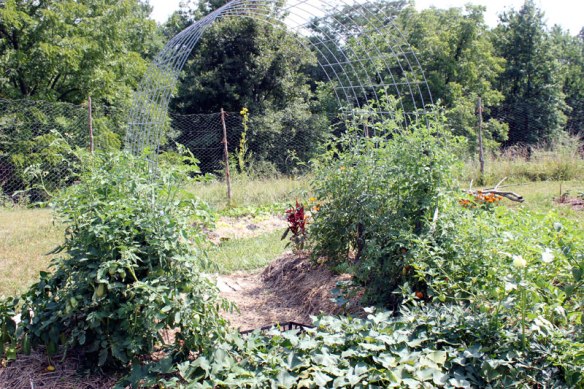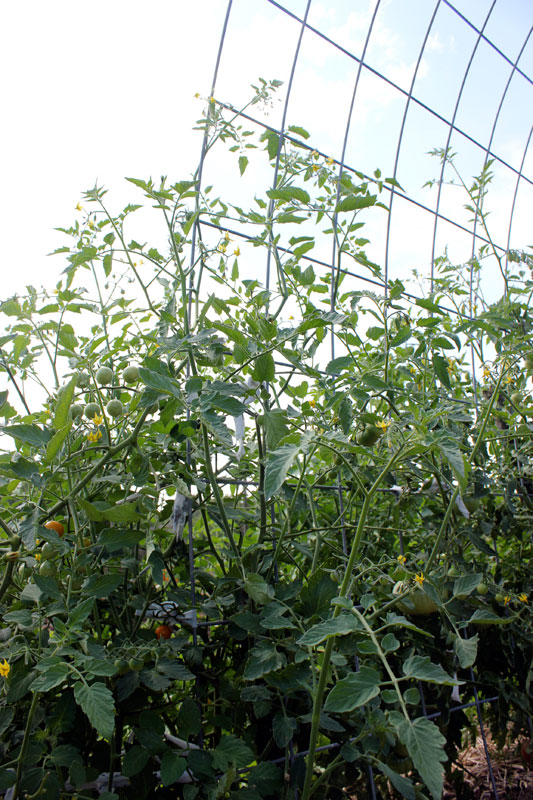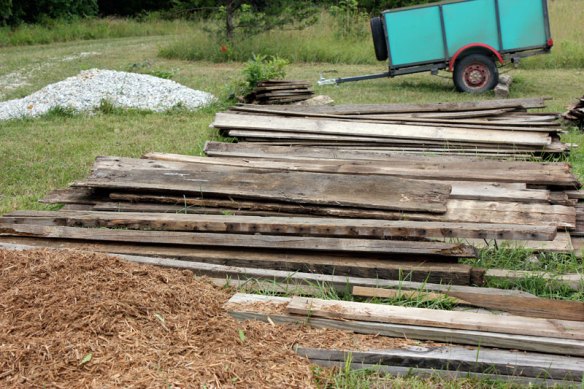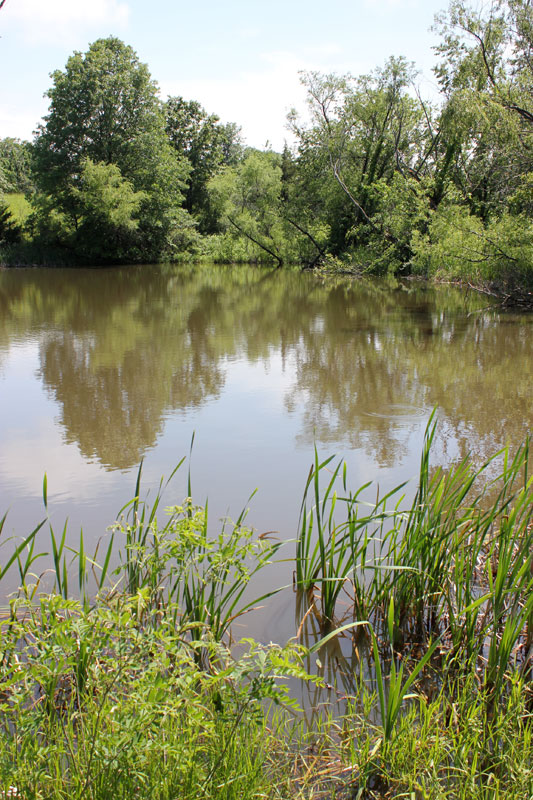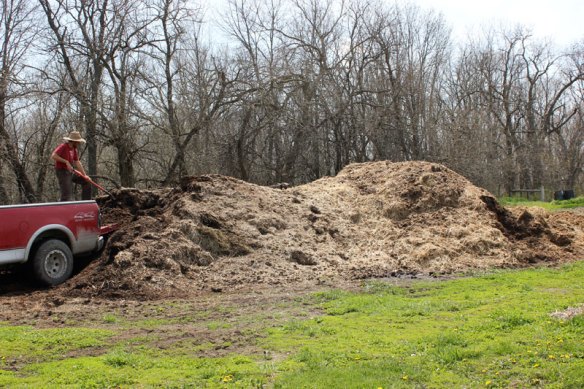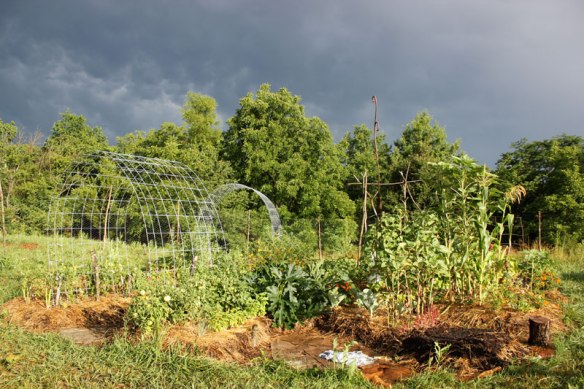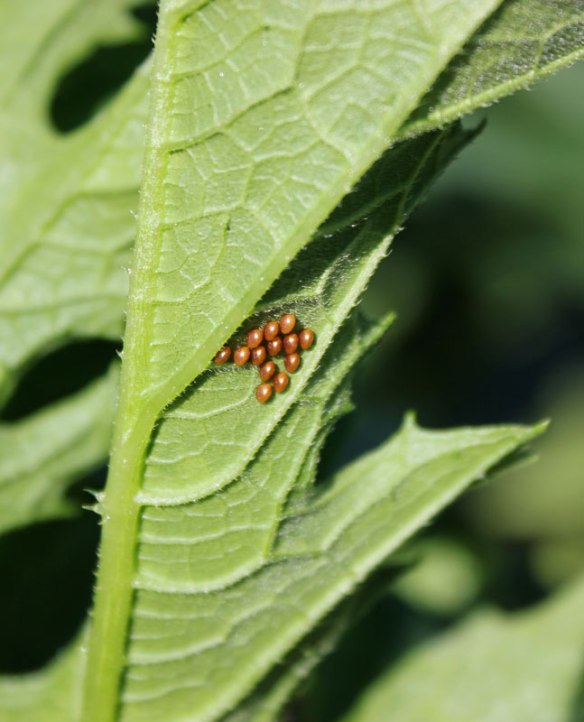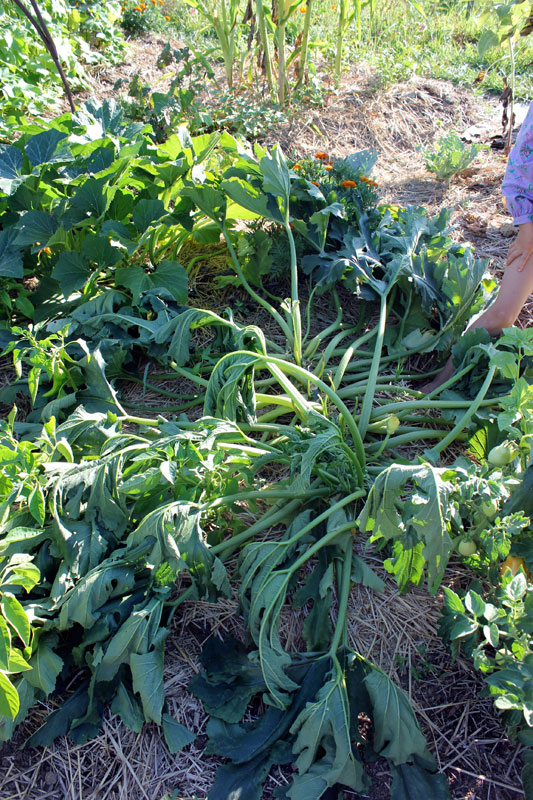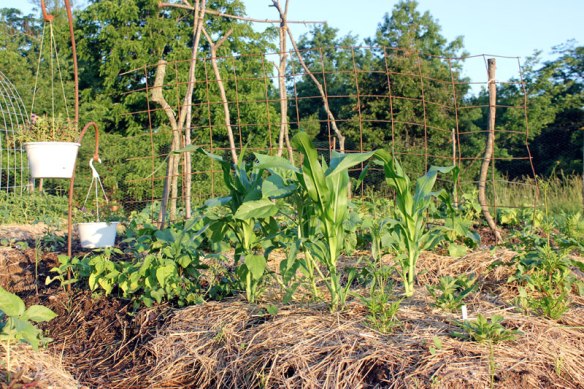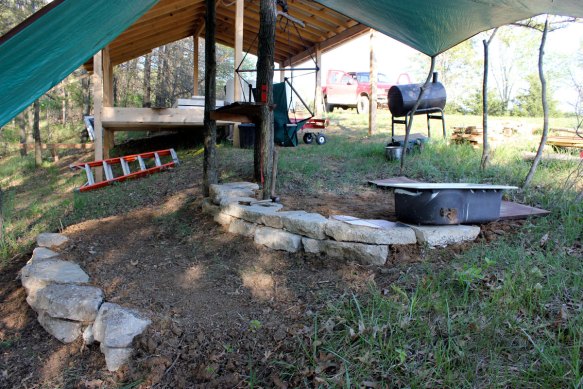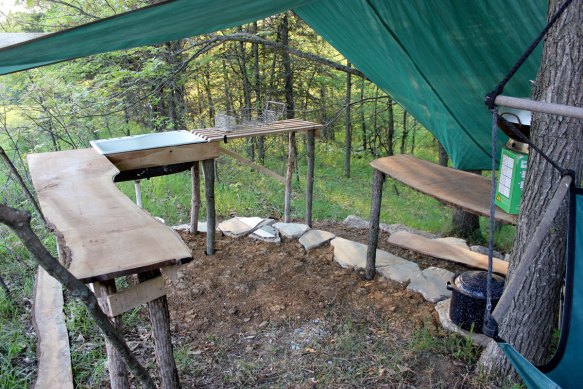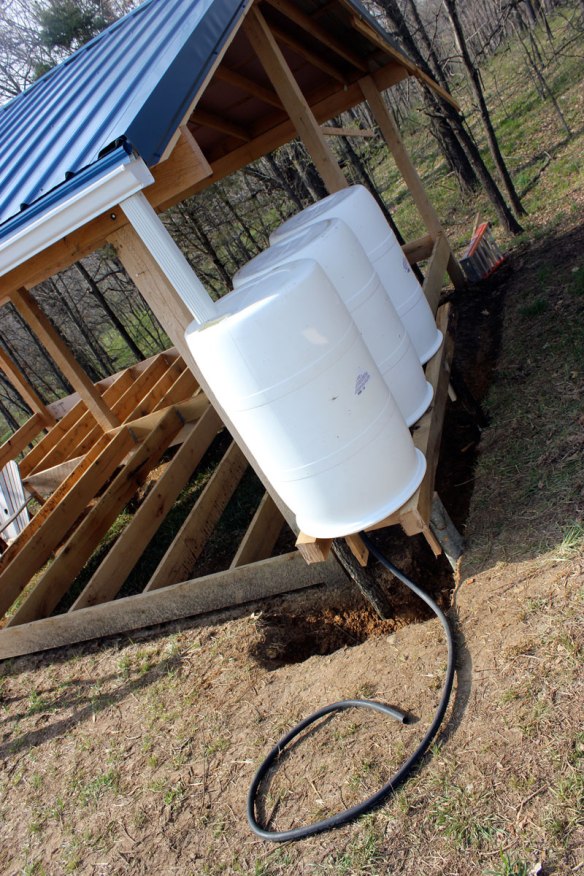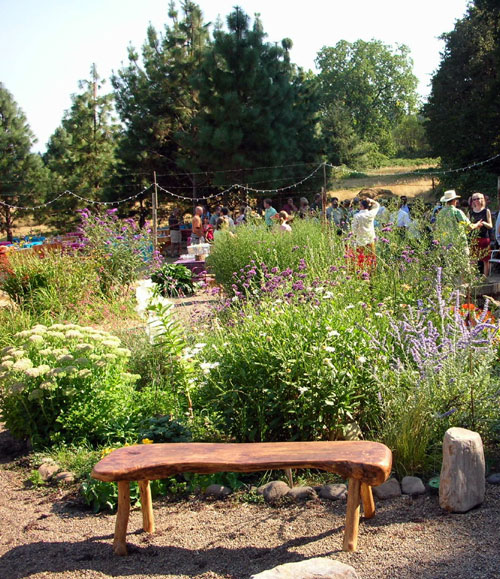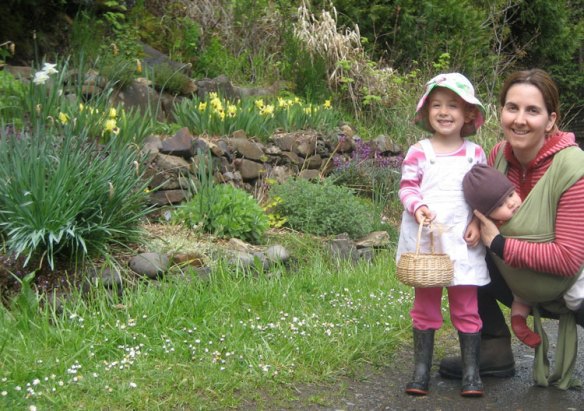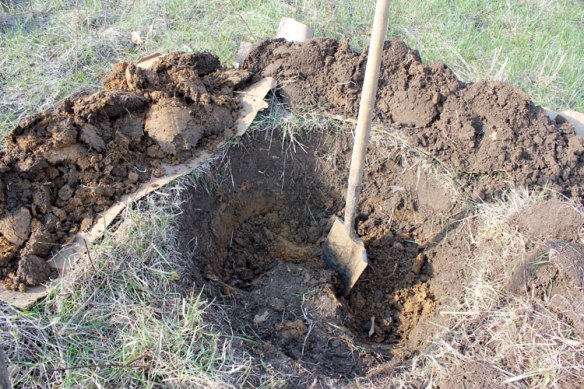This winter, when I received seed catalogs in the mail, I immediately turned to the Melon pages. After years of struggling to grow melons in conditions that simply were not suitable – partial sun, cool nights – I was determined to grow a few delicious heirloom melons in my tiny garden.
Baker Creed Heirloom Seeds, based in Missouri, has the most incredible selection of melons I have ever seen. It was incredibly difficult to select only a few, and I ended up with a dozen or so varieties. Sadly, some of my starts didn’t transplant well, but I was still left with an assortment of eight varieties, of which we are still harvesting several! Here are my favorites:
Banana Melon – Looks like a banana, tastes (faintly) like a banana. A sweet, unique melon that I really enjoyed. Fun to share with friends because it’s such an interesting shape and color!
Prescott Fond Blanc – When this melon began taking shape in my garden, I thought I had misplanted a winter squash. Its bumpy, warty appearance and squat shape are very un-melon, but the flavor is rich and sweet. The photo above does not do this melon justice, as I picked it a bit too early.
Ananas – A white fleshed melon that is SO sweet and juicy. This melon was Brian’s favorite.
Piel de Sapo – (In Everett’s arms) We enjoyed this variety in Oregon, purchasing it from the local natural food store. It is a late ripening melon – today we harvested the first of the four fruits on our vine.
Charentais – A French melon. Small, extremely fragrant, and sweet. We cut one of these open this morning and ate it before breakfast, with no leftovers.
Did you grow melons this year? I’d love to hear of your favorite varieties. I’m making a wish list for 2014!
Shared with From the Farm Blog Hop and Homestead Bloggers Network.




